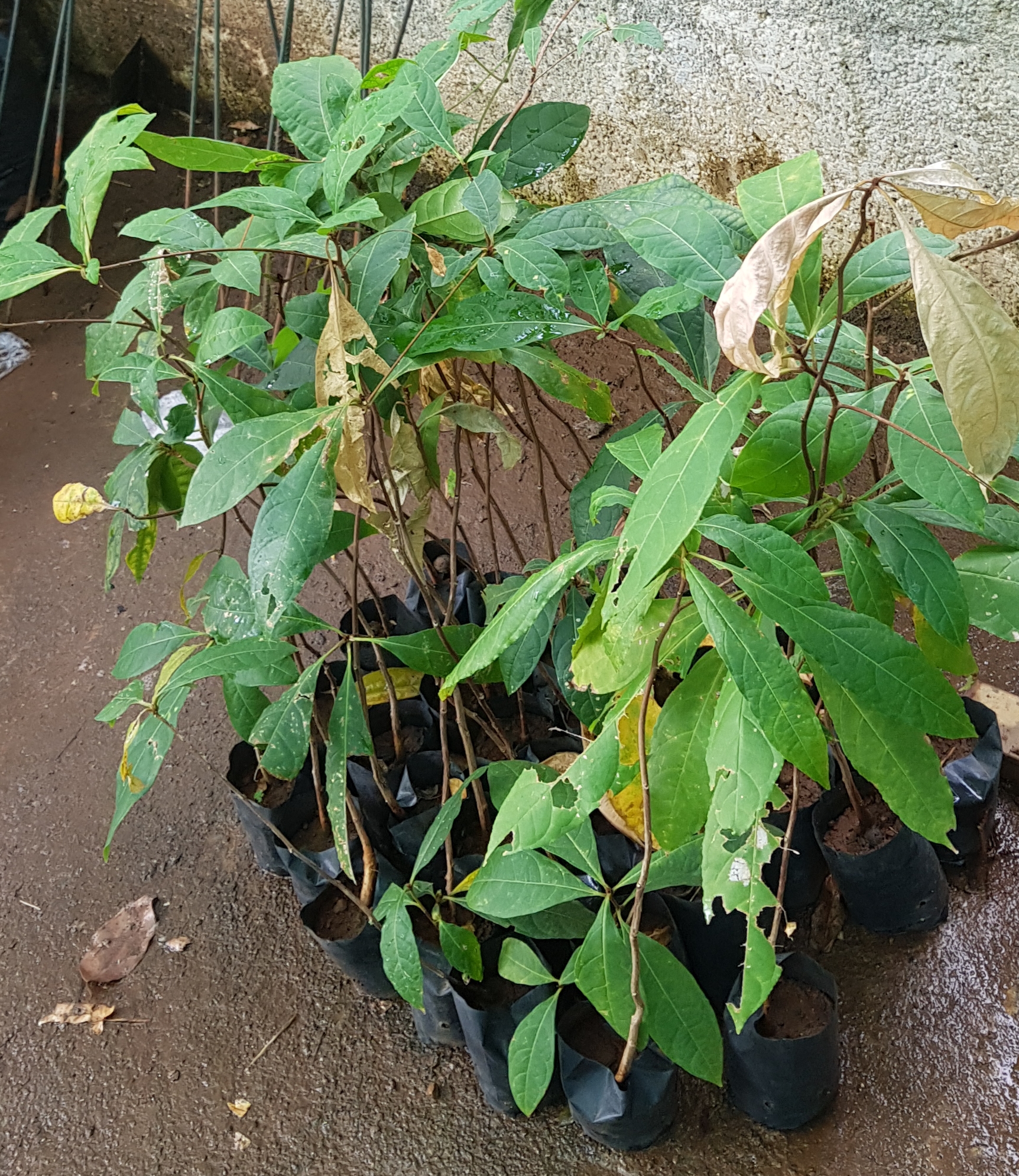|
Myrobalans
The common name myrobalan can refer to several unrelated fruit-bearing plant species: * Myrobalan plum (''Prunus cerasifera''), also called cherry plum and myrobalan plum * Emblic myrobalan (''Phyllanthus emblica''), also called Amla and Amalaki In the genus ''Terminalia'': * Beleric myrobalan (''Terminalia bellirica''), also called Bibhitaki and Belliric myrobalans * Black myrobalan (''Terminalia chebula''), also called Haritaki and Chebulic myrobalans. See also * Mirabelle * Triphala {{Plant common name ... [...More Info...] [...Related Items...] OR: [Wikipedia] [Google] [Baidu] |
Myrobalan Plum
__NOTOC__ ''Prunus cerasifera'' is a species of plum known by the common names cherry plum and myrobalan plum.UConn Horticulture Native to Eurasia and naturalized elsewhere, ''P. cerasifera'' is believed to be one of the parents of the Prunus domestica, cultivated plum. Description Wild types are large shrubs or small trees reaching tall, sometimes spiny, with glabrous, ovate deciduous leaves long. It is one of the first European trees to flower in spring, often starting in mid-February before the leaves have opened. The flowers are white or pale pink and about across, with five petals and many stamens. The fruit is an edible drupe, 2–3 cm in diameter, ripening to yellow or red from early July to mid-September. They are self-fertile but can also be p ...[...More Info...] [...Related Items...] OR: [Wikipedia] [Google] [Baidu] |
Emblic Myrobalan
''Phyllanthus emblica'', also known as emblic, emblic myrobalan, myrobalan, nelikai, Indian gooseberry, Malacca tree, amloki or amla, is a deciduous tree of the family Phyllanthaceae. Its native range is tropical and southern Asia. Description The tree is small to medium in size, reaching in height. The bark is mottled. The branchlets are finely pubescent (not glabrous), long, usually deciduous. The leaves are simple, subsessile and closely set along branchlets, light green, resembling pinnate leaves. The flowers are greenish–yellow. The fruit is nearly spherical, light greenish–yellow, quite smooth and hard on appearance, with six vertical stripes or furrows. The fruit is up to in diameter, and, while the fruit of wild plants weigh approximately , cultivated fruits average to . Chemical constituents The fruits contain high amounts of ascorbic acid (vitamin C), and have a bitter taste that may derive from a high density of ellagitannins, such as emblicanin A (37 ... [...More Info...] [...Related Items...] OR: [Wikipedia] [Google] [Baidu] |
Beleric Myrobalan
''Terminalia bellirica'', known as baheda, bahera, behada, beleric or bastard myrobalan (Arabic: beliledj بليلج, borrowed from Middle Persian Balilag), Persian بلیله (Balileh), Sanskrit: Vibhītaka बिभीतक, Aksha is a large deciduous tree in the Combretaceae family. It is common on the plains and lower hills in South and Southeast Asia, where it is also grown as an avenue tree. The basionym is ''Myrobalanus bellirica'' Gaertn. (Fruct. Sem. Pl. 2: 90, t. 97. 1791). William Roxburgh transferred ''M. bellirica'' to ''Terminalia'' as "''T. bellerica'' (Gaertn.) Roxb.". This spelling error is now widely used, causing confusion. The correct name is ''Terminalia bellirica'' (Gaertn.) Roxb. Leaves and seeds The leaves are about 15 cm long and crowded toward the ends of the branches. It is considered a good fodder for cattle. ''Terminalia bellirica'' seeds have an oil content of 40%, whose fatty acid methyl ester meets all of the major biodiesel requirements ... [...More Info...] [...Related Items...] OR: [Wikipedia] [Google] [Baidu] |
Black Myrobalan
''Terminalia chebula'', commonly known as black- or chebulic myrobalan, is a species of ''Terminalia'', native to South Asia from Pakistan, India and Nepal east to southwest China (Yunnan), and south to Sri Lanka, Malaysia, and Vietnam.Flora of China''Terminalia chebula''/ref> Taxonomy Swedish naturalist Anders Jahan Retzius described the species in Observ. Bot. 5: 31 in 1788. Many varieties are known, such as: *''T. c.'' var. ''chebula'' – leaves and shoots hairless, or only hairy when very young *''T. c.'' var. ''tomentella'' – leaves and shoots silvery to orange hairy Description ''Terminalia chebula'' is a medium to large deciduous tree growing to tall, with a trunk up to in diameter. The leaves are alternate to subopposite in arrangement, oval, long and broad with a petiole. They have an acute tip, cordate at the base, margins entire, glabrous above with a yellowish pubescence below. The dull white to yellow flowers are monoecious, and have a strong, unpleasa ... [...More Info...] [...Related Items...] OR: [Wikipedia] [Google] [Baidu] |
Mirabelle
Mirabelle plum (''Prunus domestica'' subsp. ''syriaca'') is a cultivar group of plum trees of the genus ''Prunus''. It is believed that the plum was cultivated from a wild fruit grown in Anatolia. Description The mirabelle is identified by its small, oval shape, smooth-textured flesh, and especially by its red, or dark yellow colour which becomes flecked in appearance. They are known for being sweet and full of flavour. The fruit is primarily used in fruit preserves and dessert pies, and its juice is commonly fermented for wine or distilled into plum brandy. Some 90% of mirabelle plums grown commercially are made into either jam (70%) or eau de vie (20%). The mirabelle reaches maturity and is harvested from July to mid-September in the Northern Hemisphere. The traditional method of shaking the trees is now mechanized, but the principle remains the same: the ripe fruits are shaken loose and collected in a net under the tree. Cultivars The following cultivars are considered p ... [...More Info...] [...Related Items...] OR: [Wikipedia] [Google] [Baidu] |


